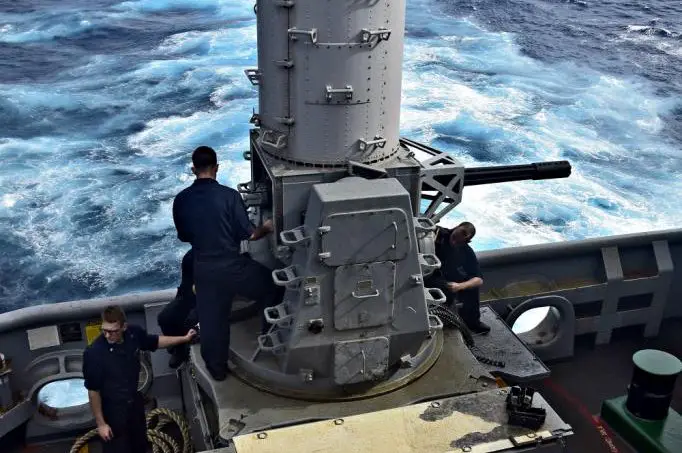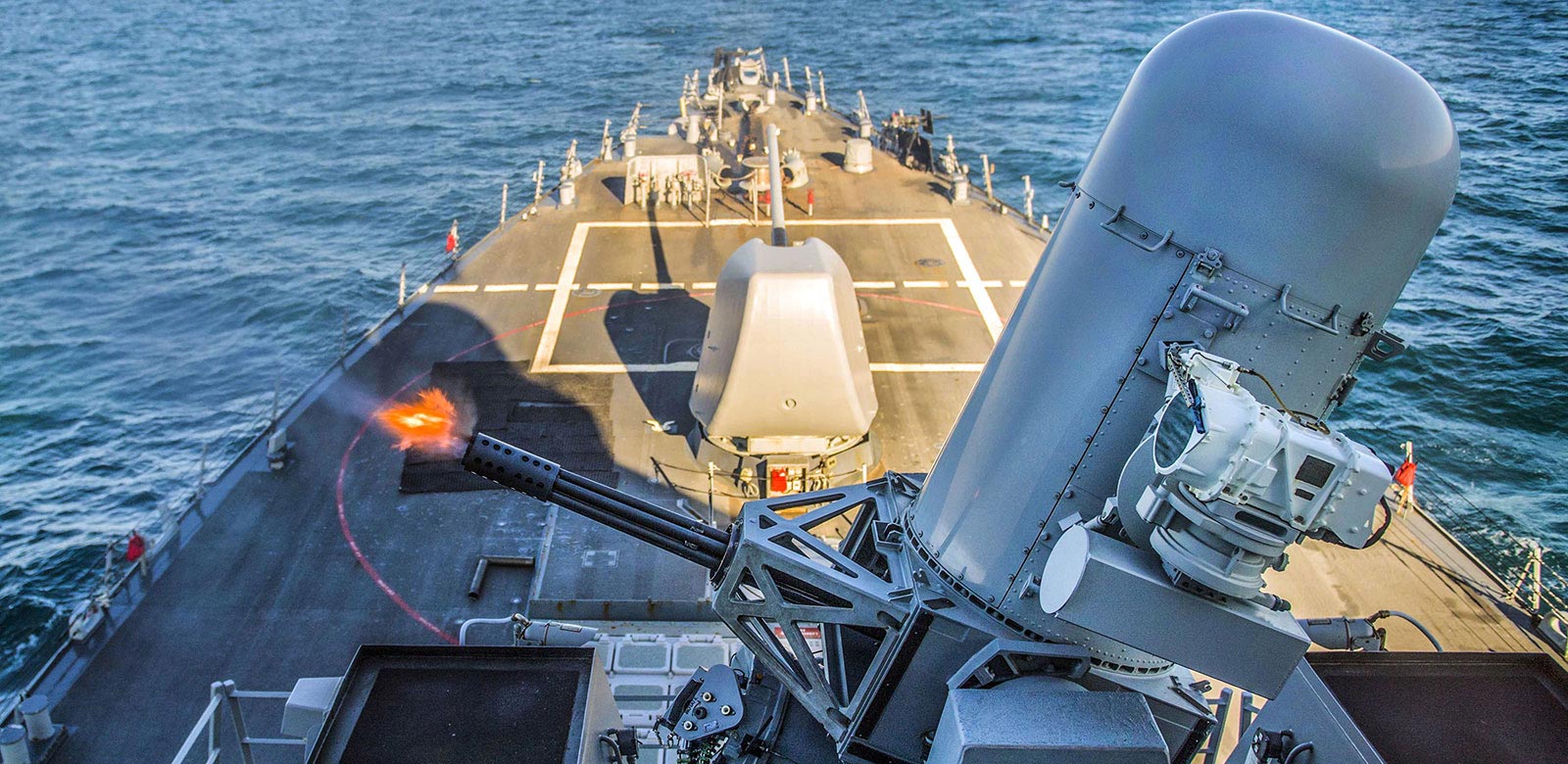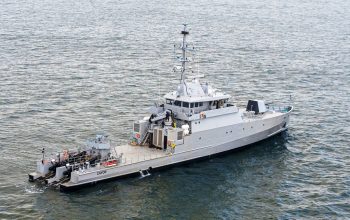Raytheon Missiles & Defense, Tucson, Arizona, is awarded a $136,470,802 firm-fixed-price contract for MK 15 – Phalanx Close-In Weapon System (CIWS) upgrades and conversions, system overhauls and associated hardware. This contract includes options which, if exercised, would bring the cumulative value of this contract to $344,400,000. This contract combines purchases for the US Navy (85%); and the government of South Korea (15%), under the foreign military sales (FMS) program. Work is expected to be completed by April 2024. The U.S. Naval Sea Systems Command, Washington, D.C., is the contracting activity.
The Phalanx CIWS (pronounced “sea-wiz”) is a close-in weapon system for defense against incoming threats such as small boats, surface torpedoes, anti-ship missiles and helicopters. It was designed and manufactured by the General Dynamics Corporation, Pomona Division, later a part of Raytheon. Consisting of a radar-guided 20 mm (0.8 in) Vulcan cannon mounted on a swiveling base, the Phalanx has been used by the United States Navy and the naval forces of 15 other countries. The U.S. Navy also fields the SeaRAM system, which pairs the RIM-116 Rolling Airframe Missile with sensors based on the Phalanx.

The Phalanx system has been developed through several configurations. The basic (original) style is the Block 0, equipped with first-generation, solid-state electronics and with marginal capability against surface targets. The Block 1 (1988) upgrade offered various improvements in radar, ammunition, computing power, rate of fire, and an increase in maximum engagement elevation to +70 degrees. Block 1A introduced a new computer system to counter more maneuverable targets. The Block 1B PSuM (Phalanx Surface Mode, 1999) adds a forward-looking infrared (FLIR) sensor to make the weapon effective against surface targets.
The U.S. State Department has made a determination approving a possible Foreign Military Sale to the Republic of Korea of two (2) MK 15 MOD 25 Phalanx Close-In Weapons System (CIWS) Block 1B Baseline 2 (IB2) systems; and four thousand (4,000) rounds, 20MM cartridge API linked and related equipment for an estimated cost of $39 million, in December 2020. The proposed sale will improve the Republic of Korea’s capability to meet current and future threats. The Republic of Korean Navy will use the systems aboard its first KDX III Batch II Class ship to provide it with effective means of detecting and defending itself against incoming airborne threats.


























